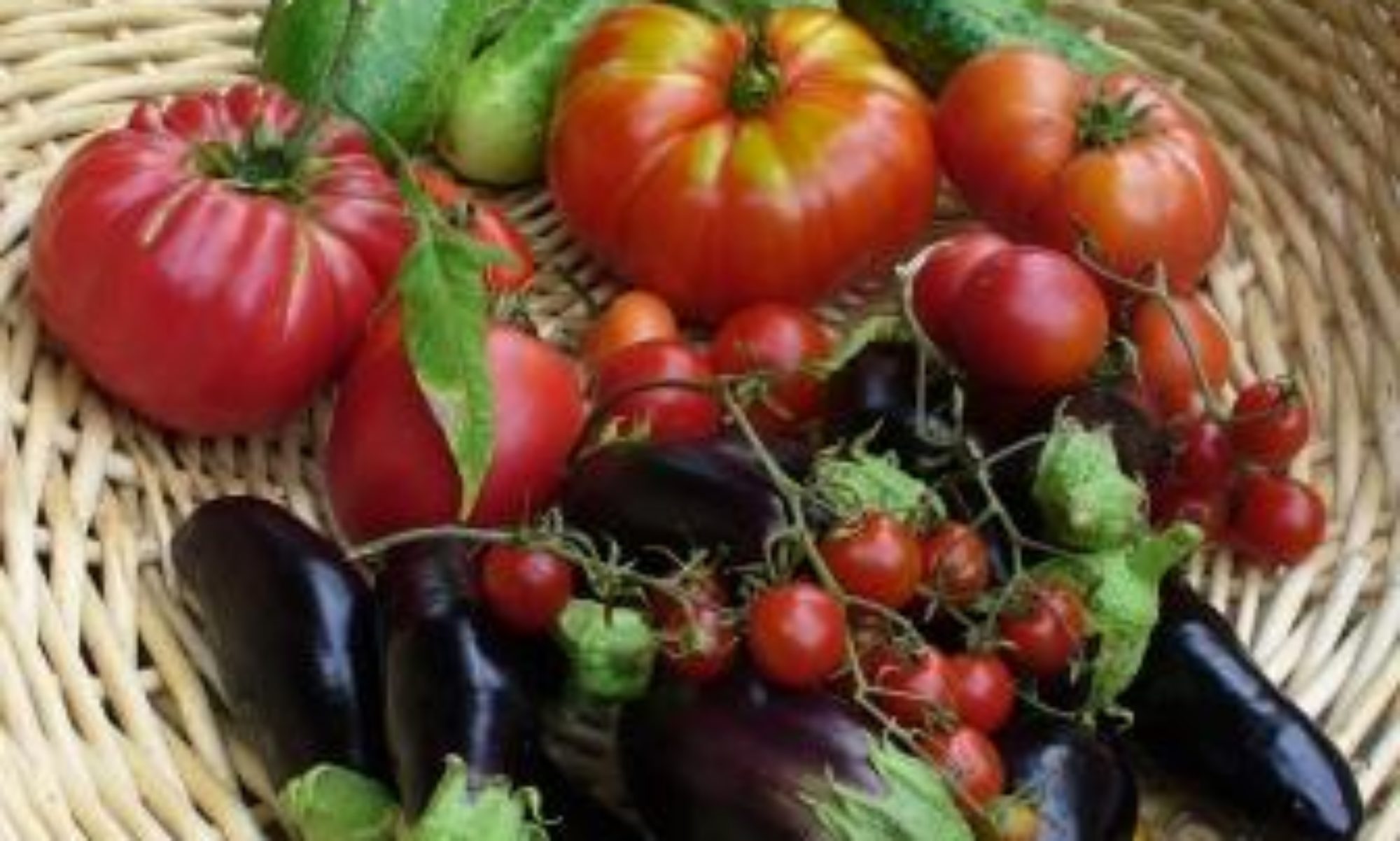Late blight is the nemesis of tomato growers, especially in the damp climate of the coastal Pacific Northwest. Many sources of gardening advice include a lot of misinformation about managing late blight. For authoritative sources of good information, I recommend:
Managing Late Blight.
Managing Late Blight in Organically-Produced Tomatoes
Myths –
- Crop rotation is essential because late blight spores survive in the soil over winter. False. Currently, in the US, the late blight pathogen can only survive on living host plant tissue. This is because blight fungi have two different modes of reproduction, only one of which is presently observed in the US. Late blight can reproduce either sexually, or asexually. Sexual reproduction requires the presence of both A1 and A2 mating types (equivalent to male and female sexes). Sexual reproduction produces oospores, which can survive over the winter, in soil for example. However only the A2 mating type (sex) exists in most of the US. Therefore, late blight can only reproduce asexually. Asexual reproduction produces zoospores, which are much less hardy than oospores, and can only survive for a few hours outside of living host (tomato or potato) tissue.
- Seeds from late blight infected tomatoes will produce infected plants. False. Late blight zoospores do not survive on tomato seeds.
- Stakes used for tomatoes must be disinfected before re-use to prevent spread of late blight. False. Zoospores cannot survive for more than a few hours on solid surfaces such as stakes.
- Late blight infection is caused by spores present in the soil, so contact of tomato plant leaves with the soil must be prevented. False. Zoospores cannot survive in soil. Zoospores are spread almost entirely by air-born dispersal of spores released by living infected plants.









